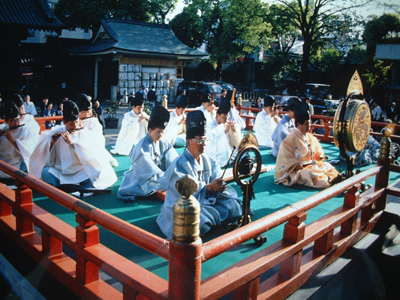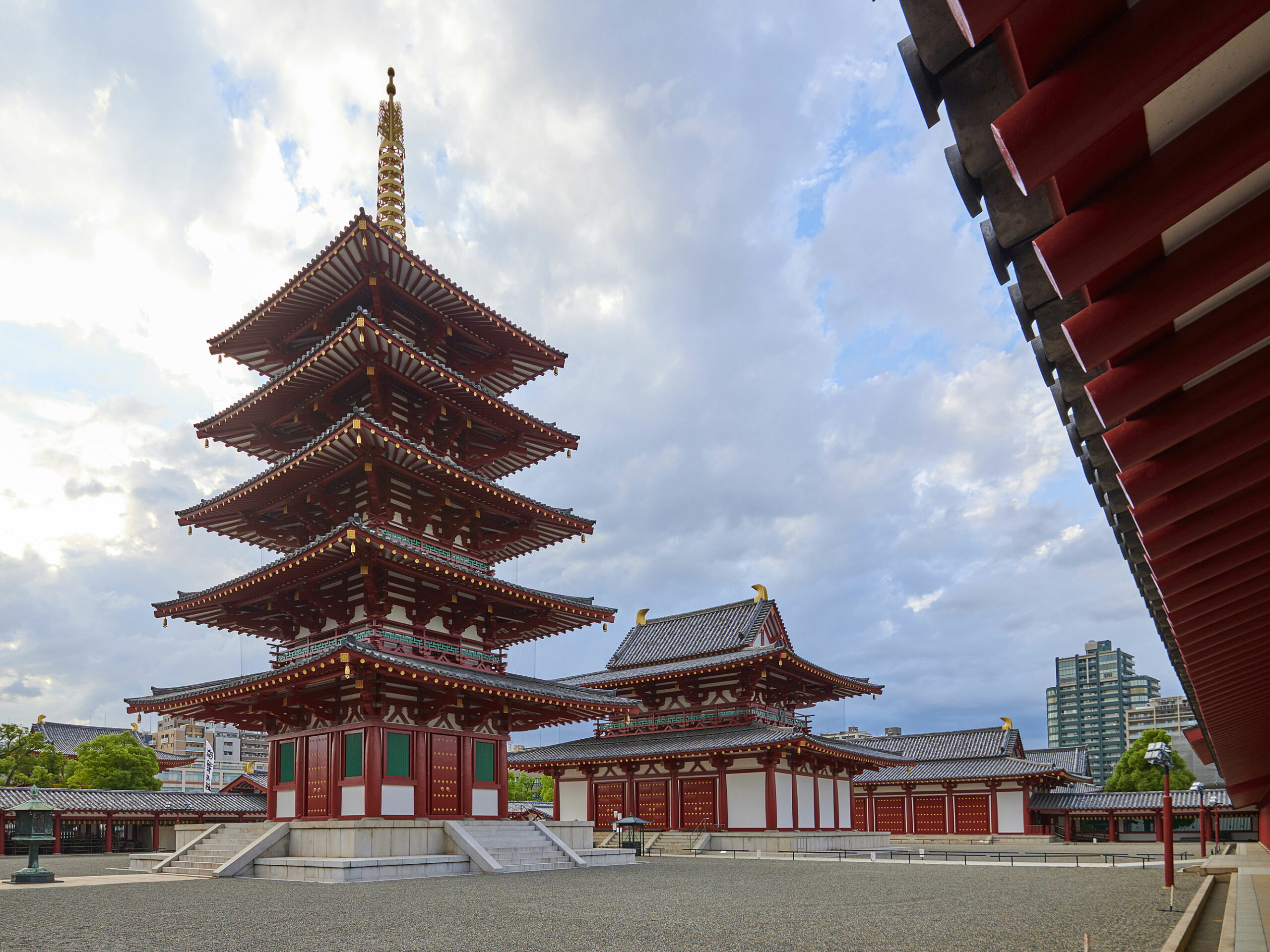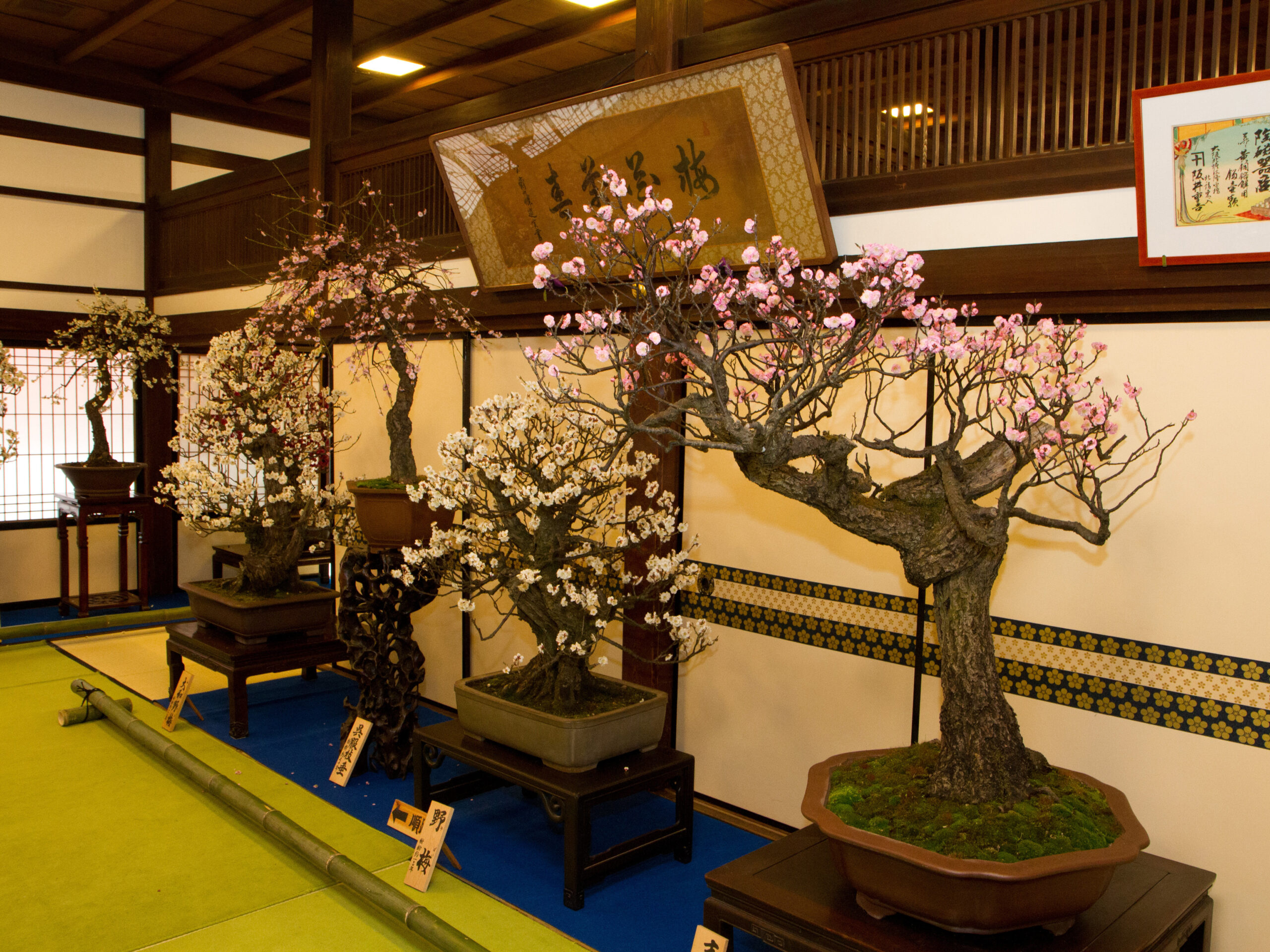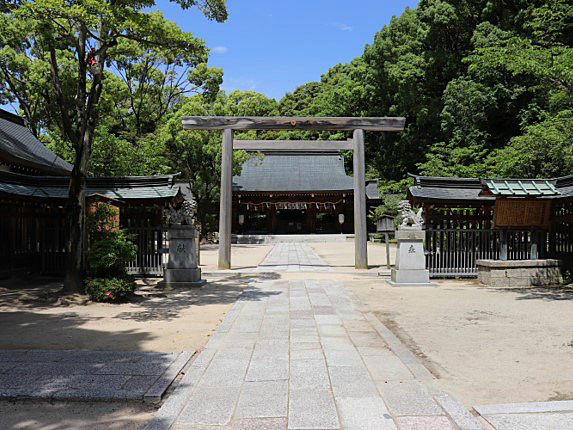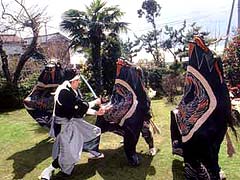
Higashi-kai
1,400 years ago, when Shitennoji was built by Shitennoji, it began to be built as a place (Shiyakuin) where a variety of medicinal herbs were planted and applied to people. Since the statue of King Aizen, who has a strong interest in the main ancestor, is enshrined, there are many young and old people who are called "Aizen-san" and seek good relations every day. We pray for the spirit of our ancestors, the new Buddha, and the Buddha, and perform the legal service.

